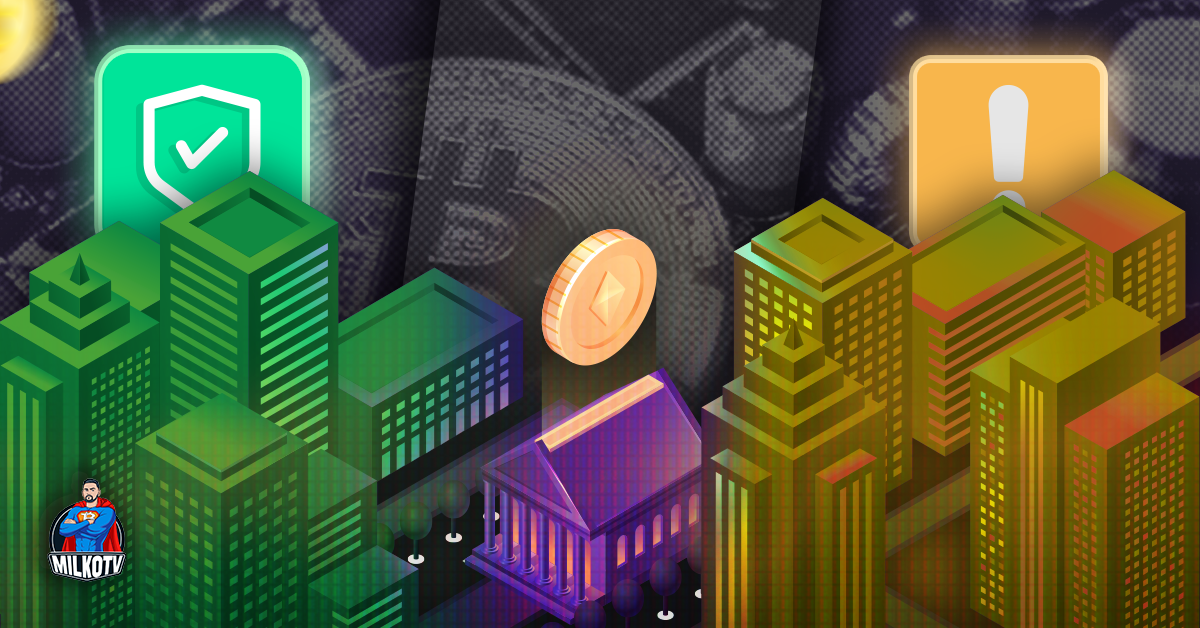– Blockchain enthusiasts are earning passive income with the utilization of cryptocurrency staking.
– In Proof-of-Stake (PoS) blockchain networks, users can put their crypto to use and validate transactions.
– By validating transactions properly, they get rewarded with more cryptocurrencies.
Within the blockchain space, people are consistently looking for ways to make passive income. One of the most popular procedures is cryptocurrency staking.
Investors have historically made a profit in crypto by selling their investments at the point when their value increases.
However, there is a lot more when it comes to the blockchain space, which involves cryptocurrency staking.
Staking is a procedure in which users essentially put their digital assets to work where they validate the network.
While this might sound simple in concept, it gets a bit more complicated in practice. As such, today, we will be jumping into everything you need to know about crypto staking.
Crypto Staking Explained: Everything You Need to Know
Staking is a procedure in which users put their cryptocurrencies to use within a specific blockchain network.
Here they can lock them and help support the operation of the blockchain network. In return for staking their cryptocurrencies, the system awards them more.
Most blockchains today will utilize the Proof-of-Stake (PoS) consensus mechanism.
Network participants that want to support the blockchain by validating new transactions, and adding new blocks, do so by stacking.
By staking cryptocurrencies, each user ensures that only legitimate data, as well as transactions, are added to the network,
Participants that aim to earn the chance to validate these new transactions can offer to lock up a specific amount of their crypto.
If they, for example, were to validate any fraudulent data, they have the possibility of losing some or all of their staked cryptocurrencies.
However, if all validations are legitimate, they can earn more cryptocurrencies as a reward.
The Advantages Surrounding Crypto Staking
Suppose cryptocurrency traders or enthusiasts own specific cryptocurrencies tied to a blockchain that leverages the power of the Proof-of-Stake (PoS) consensus model. In that case, they can stake their coins or tokens.
Staking the cryptocurrencies, in this case, locks them up and helps maintain security.
There are numerous advantages when it comes to this model, and this includes:
-
- The ability to earn passive income – if a cryptocurrency trader or enthusiast does not want to sell their cryptocurrency holdings instantly, they can stake them to earn passive income.
-
- The ability to support the blockchain-based project – another advantage is that staking benefits the security and the efficiency of the blockchain project being supported. By staking just some of the funds a person has, they can make the network much more resistant to attacks and even strengthen its ability to process transactions.
The Risks Involved With Cryptocurrency Staking
As with anything within the blockchain space, there is always some level of risk involved with participation in any investment. This is also the case when it comes to cryptocurrency staking.
Whenever tokens or coins are staked, they have to be committed for a predetermined time frame, depending on the program, blockchain, or system utilization. Throughout this time, cryptocurrencies cannot get withdrawn or traded for FIAT currencies, for example.
While this isn’t the case for every system out there, and some systems enable users to withdraw their coins or tokens at any point in time, the rewards are typically cut, or another catch is associated with such a system.
Cryptocurrencies are also volatile investments, and what this means is that there are swings that are common across the blockchain space, and the market can potentially crash.
Many networks also utilize crypto slashing. Through it, they are punishing validators that attempt to validate fraudulent transactions. This can destroy some of their stake in the network.
If a person ends up staking with a validator that is not honest, they could potentially lose a part of their staked holdings.
The Latest News and Developments Surrounding Cryptocurrency Staking
There are numerous staking-related developments in the blockchain space.
The British financial technology startup Revolut has announced plans to launch its staking service for a limited range of currencies.
Based on the announcement, the supported cryptocurrencies include Ethereum (ETH), Cardano (ADA), Polkadot (DOT), and Tezos (XTZ).
The CEO of Coinbase Global, Brian Armstrong, has warned that the SEC might be considering cracking down on the cryptocurrency staking procedure.
Any potential move can be bad for the cryptocurrency broker’s business.
It can hurt Ether (ETH), the largest cryptocurrency after Bitcoin (BTC) and one that supports cryptocurrency staking. The cryptocurrency exchange known as Kraken will immediately end its crypto-staking-as-a-service platform for any customers in the United States. Kraken will also pay $30 million to settle the Securities and Exchange Commission (SEC) charges, where it offered unregistered securities.
Moving Forward With Cryptocurrency Staking
We have gone over about everything cryptocurrency traders and investors need to know about cryptocurrency staking. Today, numerous blockchains support staking, including Ethereum (ETH), Polkadot (DOT), Avalanche (AVAX), and Cardano (ADA), as well as many others.
Staking provides an excellent way through which otherwise idle cryptocurrencies get put to work.
It is also essential to always understand the risks involved with the process. All investors need to check their risk tolerance level before committing to the procedure.
Each blockchain or system will also have some differences in the locking period, time frame, and overall rewards percentage.



